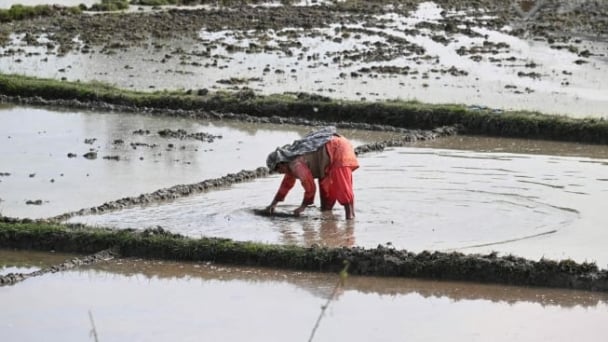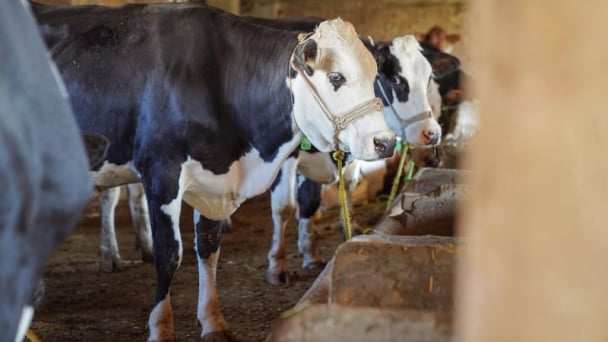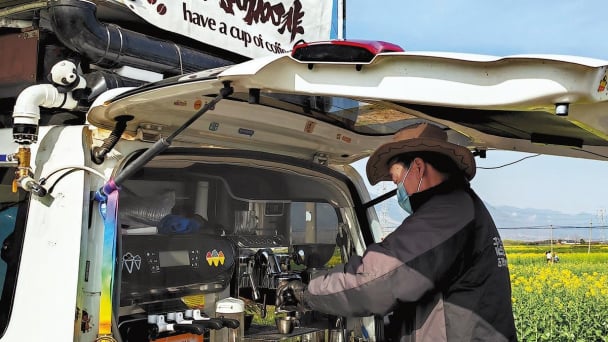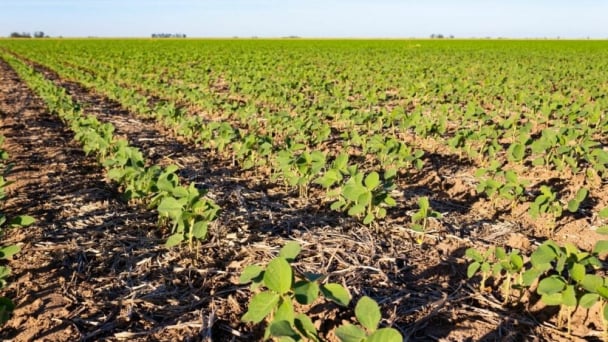May 16, 2025 | 09:57 GMT +7
May 16, 2025 | 09:57 GMT +7
Hotline: 0913.378.918
May 16, 2025 | 09:57 GMT +7
Hotline: 0913.378.918

According to the Ministry of Agriculture and Rural Affairs. The rural industrial system will be improved to create more job opportunities and generate a greater share of profits for farmers, according to government plans.
“This year, the output value of the village has reached 400 million yuan (about $56 million), and the per capita disposable income is close to 20,000 yuan (about $2,767),” said Cao, of Yanglang Village, Guyuan City, northwest China’s Ningxia Hui Autonomous Region.
With some 2,600 farmers, the mountain village in Xihaigu, a region once deemed uninhabitable,” has ushered in a bumper year, again. The once impoverished village has transformed into a land of wealth, boasting industries such as wine-making, foundry and rural tourism. The impressive report card is a result of decades of unremitting efforts of villagers, led by members of the Communist Party of China.
STRONG LEADERSHIP
Yanglang’s Party members take charge of leading the development of the pillar industries in the village. Through brand building and technological upgrading, the village Party organization has led local residents to shake off poverty and pave a road toward prosperity.
The story of Yanglang is not a unique one as such transformations, with Party cadres leading the anti-poverty campaign and promoting rural revitalisation, can be seen across the country. China has always put agriculture and rural areas high on the agenda of its economic work. As the country has eliminated absolute poverty, rural revitalization has breathed new life into China’s agriculture sector and villages.
Over the past years, millions of cadres have been dispatched to villages to help reduce poverty in a targeted approach, consolidate achievements in poverty alleviation, and advance rural revitalization in an all-around way.
Selected from Party and state organs, state-owned enterprises and public institutions, the cadres are required to contribute to the development of rural industries to help villagers increase their income and promote high-quality agricultural and rural development. They are also tasked with strengthening rural Party organisations, improving rural governance and providing better services to villagers.
PAIRING-UP ASSISTANCE
Over the past five years, more than 3,000 on-the-job cadres and other personnel from Shanghai have been sent to southwest China’s Yunnan Province, bringing funds, advanced concepts and technologies to the less-developed areas.
In the meantime, over 3,000 cadres and others in Yunnan have also traveled to the east China metropolis for self-improvement. This is part of China’s “pairing-up” approach, which pairs less-developed western regions with wealthier eastern areas that provide dedicated support in terms of capital, technology, personnel and other resources to fight poverty and boost development. In Lanping Bai and Pumi Autonomous County, Yunnan, advanced computer-controlled cultivation systems have spurred local fruit farming development.
At present, there are 3,200 mu (about 213 hectares) of strawberries and 3,450 mu of cherries in an industrial park in Lanping. “The selling price of our blueberries even exceeds that of imported ones,” said a park staffer, adding that the industrial park earned an operating income of more than 20 million yuan (about $2,766,978) last year, and the output of blueberries reached 300 tonnes this year, and is expected to more than double next year.
Thanks to the assistance from east China’s coastal Fujian Province, once poverty-stricken villages deep in the barren mountains of Ningxia have seen a sea change over the past decades. By the end of 2020, Fujian had invested about 3.37 billion yuan in over 4,000 projects in Ningxia.
THRIVING INDUSTRIES
Thriving industries are the foundation for rural revitalisation and sustainable development in rural areas. Over the past years, China has strived to empower rural revitalization with the development of specialised industries.
Niejiazhuang Village in Jiangzhuang Township of Gaomi City, east China’s Shandong Province, is a cradle of clay sculpture, a form of national intangible cultural heritage. Yet for a certain period, like many cultural heritages, the traditional handicraft was staring at a gloomy future with sluggish sales and few new practitioners.
To revive the industry and help locals cash in on their handicrafts, local authorities made concerted efforts to improve logistics, technology, management, promotion and sales. Today, over 5,000 people in Jiangzhuang Township are engaged in the research, design and production of intangible cultural heritage-related products. Over 400,000 mud tigers, a signature clay product there, are made every year, with the total annual sales revenue exceeding 10 million yuan (about $1,383,279).
Rural industries have seen steady development and expanded the channels for farmers to increase their employment and income. The per capita disposable income of rural residents rose 4.2 percent in real terms to 9,787 yuan (about $1,353) in the first half of this year, according to the Ministry of Agriculture and Rural Affairs. The rural industrial system will be improved to create more job opportunities and generate a greater share of profits for farmers, according to government plans.
(Xinhua)

(VAN) Fourth most important food crop in peril as Latin America and Caribbean suffer from slow-onset climate disaster.

(VAN) Shifting market dynamics and the noise around new legislation has propelled Trouw Nutrition’s research around early life nutrition in poultry. Today, it continues to be a key area of research.

(VAN) India is concerned about its food security and the livelihoods of its farmers if more US food imports are allowed.

(VAN) FAO's Director-General emphasises the need to work together to transform agrifood systems.

(VAN) Europe is facing its worst outbreak of foot-and-mouth since the start of the century.

(VAN) The central authorities, in early April, released a 10-year plan for rural vitalization.

(VAN) Viterra marked a significant milestone in its carbon measurement program in Argentina, called Ígaris, reaching 1 million soybean hectares measured.